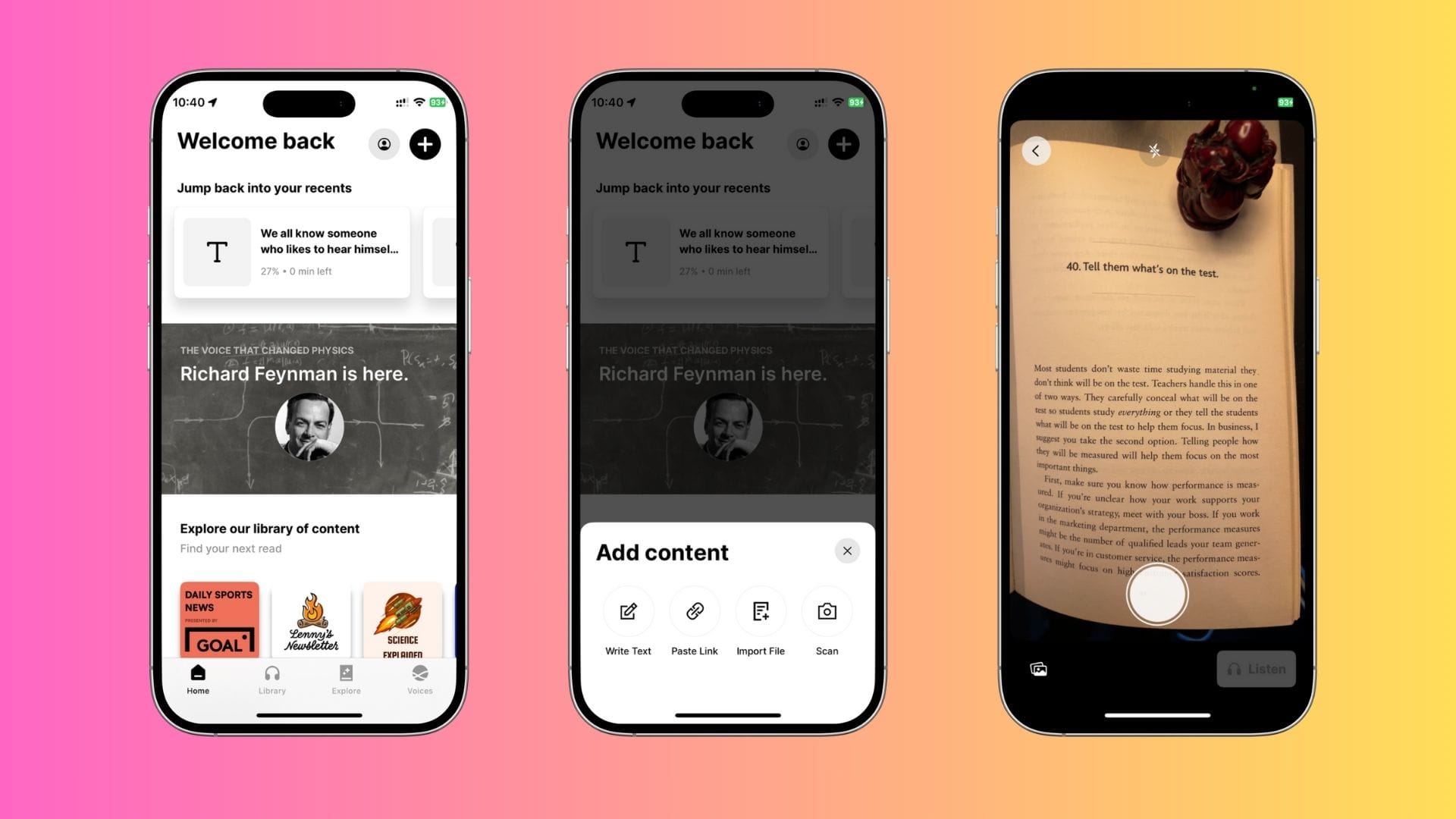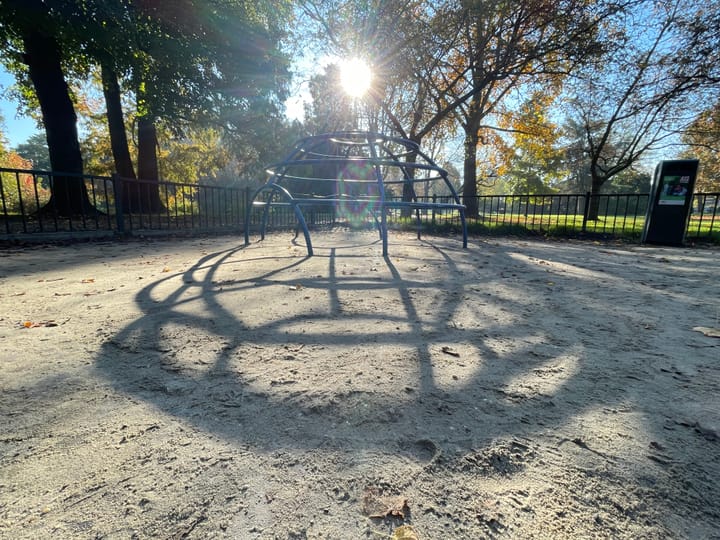My Experiment with Voice Cloning
Explore how voice cloning can transform digital content into something personal. My experiment with ElevenLabs shows the possibilities of AI in content creation.

Have you ever wished your digital content could sound a bit more like you? Standard text-to-speech (TTS) voices are useful but lack a personal touch. These TTS solutions do a great job at converting text to sound, but they often miss the unique character that a personal voice can add.
When I heard about voice cloning technology, I wondered if I could bring my own voice into the digital world with the efficiency of AI. That’s where I decided to put ElevenLabs to the test.
I want to share how I experimented with transforming static texts into engaging content using my own voice clone. I’ll cover the workflow, tools, and why I think it’s a fascinating experiment for anyone interested in digital content creation.
Experimenting with Voice Cloning
These technologies have improved drastically due to advances in artificial intelligence. Both OCR and speech synthesis, including voice cloning, now use sophisticated AI models that make the processes much more accurate and natural. This improvement is what makes experimenting with them so exciting and accessible today.
I wasn’t trying to solve a specific problem. Instead, I was curious—how good could a digital clone of my voice be? How natural would it sound when reading aloud? I wanted to test the quality and explore the possibilities of using my voice in digital content.
Here is my workflow, keep in mind I did the voice cloning upfront:
First OCR via iOS, then copy and past
Enter ElevenLabs: Bringing My Voice to Life
I found my answer in ElevenLabs, which offers voice cloning. The cloned voice captured my tone and cadence, adding authenticity that no generic AI voice could. Suddenly, I could read my writing without recording every word—it was my voice, just turbocharged.
The cloned voice is also versatile. I’ve used it in tools like HeyGen, KapWing and Synthesia, making voiceovers straightforward. It’s a powerful way to create consistent voice content across platforms.
My Workflow: OCR to Voice Cloning
For this specific workflow, I focused on using text-to-speech on my mobile phone. Listening to audio is a personal experience, and I wanted something I could easily carry with me, rather than being tied to a desktop.
My workflow starts with capturing text via OCR on iOS. I grab text from books, notes, or screenshots, then send it to ElevenLabs to generate an audio version in my voice. It’s fast and efficient, saving me from manual recording.
Imagine taking a book quote and, in minutes, having an audio version of you reading it aloud. This has made my content creation faster and much more personal.

Beyond Voice Cloning: The Power of ElevenLabs
ElevenLabs isn’t just for quick demos. It’s powerful for reading longer texts like PDFs, e-books, and webpages. It’s great for consuming information on the go and makes content accessible for those who prefer listening.
What’s also fascinating is that ElevenLabs makes it possible to read and listen at the same time. This combination might be the key for me to learn more deeply from a text and stay more engaged with it.
There’s also an option to embed a read-aloud player directly into text, which could be great for blog posts (minimal tier for this is Creator). Blending written and spoken content seamlessly is something I’m excited to explore.

Final Thoughts
Voice cloning might seem futuristic, but it’s here and easy to use. With ElevenLabs, I’ve been able to experiment with bringing my content to life, adding a personal touch that’s often missing in AI voices.
What really struck me is that the digital clone, while not analog as such, is essentially a collection of parameters based on voices in general. It’s not trained specifically on my voice in the way a traditional recording would be, but instead configures the general model of voices to emulate my specific vocal characteristics. This approach makes it flexible and powerful, capable of producing a version of my voice that feels direct and natural.
Whether for videos, audio articles, or just playing with new tech, voice cloning has huge potential. If you’re a digital professional looking to make your content stand out, this is worth exploring.
Let me know if you’ve tried anything similar—I’d love to hear about your experiences!



